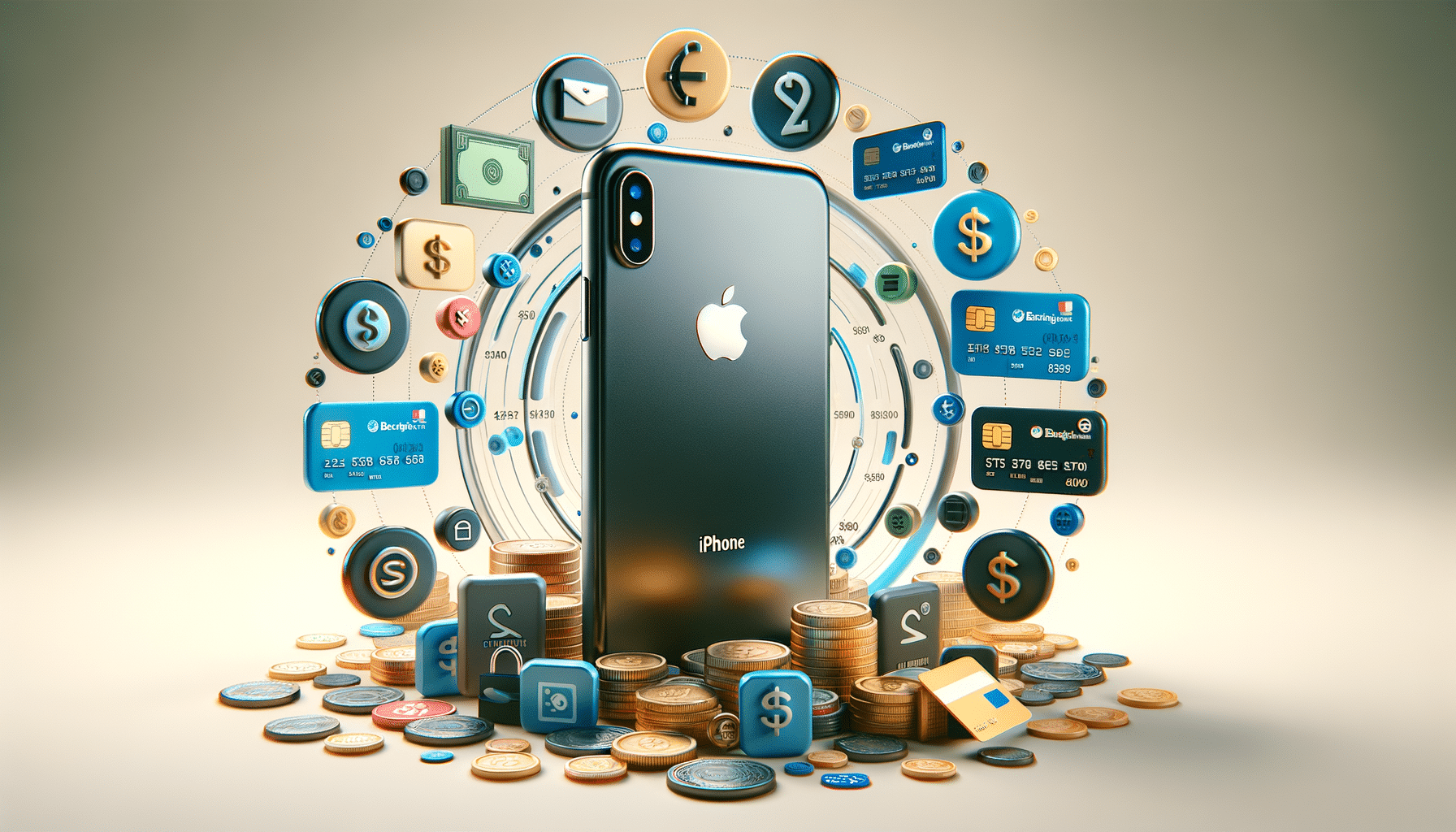
Unlocking Convenience: Exploring the Buy Phones Pay Later Option
Understanding the Buy Phones Pay Later Model
The ‘Buy Phones Pay Later’ model is gaining traction as a flexible financial solution for consumers eager to own the latest smartphones without the immediate financial burden. This model allows buyers to acquire a phone upfront and spread the cost over a period, typically through monthly installments. It’s an attractive option for those who prefer to manage their cash flow efficiently or lack the liquidity for a one-time payment.
This payment model is facilitated by financial institutions, retailers, and even telecom companies, each offering varying terms and interest rates. The appeal lies in its accessibility, often requiring minimal credit checks and offering competitive interest rates compared to traditional credit cards. This democratizes access to high-end technology, enabling a broader audience to enjoy advanced features and functionalities.
However, it’s crucial for consumers to understand the terms and conditions associated with these plans. While the initial allure is the deferred payment, factors like interest rates, late payment fees, and the total cost of ownership over the payment period should be carefully considered. In essence, the ‘Buy Phones Pay Later’ model offers a convenient pathway to ownership, but it demands informed decision-making to avoid potential financial pitfalls.
Comparing Financing Options: Traditional vs. Pay Later
When it comes to financing a smartphone purchase, consumers have several options, each with its own set of advantages and drawbacks. Traditional financing through credit cards or personal loans has been the go-to for many, but the ‘Buy Phones Pay Later’ model presents an alternative that may better suit certain financial situations.
Traditional credit options often come with higher interest rates and require thorough credit checks, which can be a barrier for some consumers. In contrast, the ‘Buy Phones Pay Later’ option typically offers lower interest rates and more lenient credit requirements, making it accessible to a wider audience. Additionally, the structured repayment plans provide predictability, helping consumers plan their finances more effectively.
However, traditional credit options might offer greater flexibility in terms of early repayment without penalties, whereas some ‘Pay Later’ plans may impose restrictions or fees for early payoff. Consumers should weigh these factors, considering their financial goals and the total cost over time. Ultimately, the choice between traditional financing and ‘Buy Phones Pay Later’ will depend on individual circumstances and preferences.
Benefits of the Buy Phones Pay Later Option
The ‘Buy Phones Pay Later’ option brings several benefits to consumers, making it an appealing choice for many. One of the primary advantages is the ability to access the latest technology without a significant upfront investment. This is particularly beneficial for tech enthusiasts who wish to keep up with the rapid advancements in smartphone technology.
Moreover, this model encourages responsible financial planning. By spreading the cost over several months, consumers can better manage their monthly budgets without compromising their lifestyle or savings. It also provides an opportunity to build or improve credit scores, as regular, timely payments are often reported to credit bureaus.
Additionally, the ‘Buy Phones Pay Later’ option can offer promotional deals, such as zero-interest periods or bundled services, enhancing the overall value proposition. These promotions can significantly reduce the total cost of ownership, making high-end smartphones more affordable in the long run. For consumers, these benefits collectively enhance the purchasing experience, aligning with their financial capabilities and lifestyle needs.
Potential Drawbacks and Considerations
While the ‘Buy Phones Pay Later’ model offers numerous advantages, it is not without potential drawbacks. One of the primary concerns is the risk of accumulating debt, particularly if consumers take on multiple payment plans simultaneously. This can lead to financial strain if not managed carefully, especially if unexpected expenses arise.
Interest rates, although generally lower than traditional credit options, can still add up over time, increasing the total cost of the phone significantly. Consumers need to be vigilant about the terms of their agreement, including any hidden fees or penalties for late payments, which can further inflate costs.
It’s also important to consider the commitment involved. Entering a payment plan ties consumers to a financial obligation for a set period, which may not be suitable for those who prefer financial flexibility. Additionally, some plans may have restrictions on early repayment or upgrades, limiting options if consumers wish to switch to a newer model before the plan ends.
In summary, while the ‘Buy Phones Pay Later’ option offers convenience and financial ease, it requires careful consideration and responsible management to ensure it aligns with one’s financial health and goals.
Future Trends in Smartphone Financing
The landscape of smartphone financing is continually evolving, with the ‘Buy Phones Pay Later’ model set to play a significant role in its future. As technology advances and consumer demand for the latest models increases, financing options are expected to become even more flexible and consumer-friendly.
One emerging trend is the integration of financing plans with digital platforms, allowing consumers to manage their payments seamlessly through apps. This digital shift not only enhances convenience but also provides consumers with real-time insights into their payment schedules and remaining balances, promoting better financial management.
Additionally, there is a growing emphasis on sustainable financing options. Companies are exploring partnerships with recycling and trade-in programs, allowing consumers to offset the cost of new phones by trading in their old devices. This not only reduces electronic waste but also makes upgrading more affordable.
As competition among retailers and telecom providers intensifies, consumers can expect more competitive offers, including extended zero-interest periods and additional perks like free accessories or service bundles. These trends suggest a future where smartphone ownership is more accessible and aligned with consumer needs, driven by innovation and sustainability.


